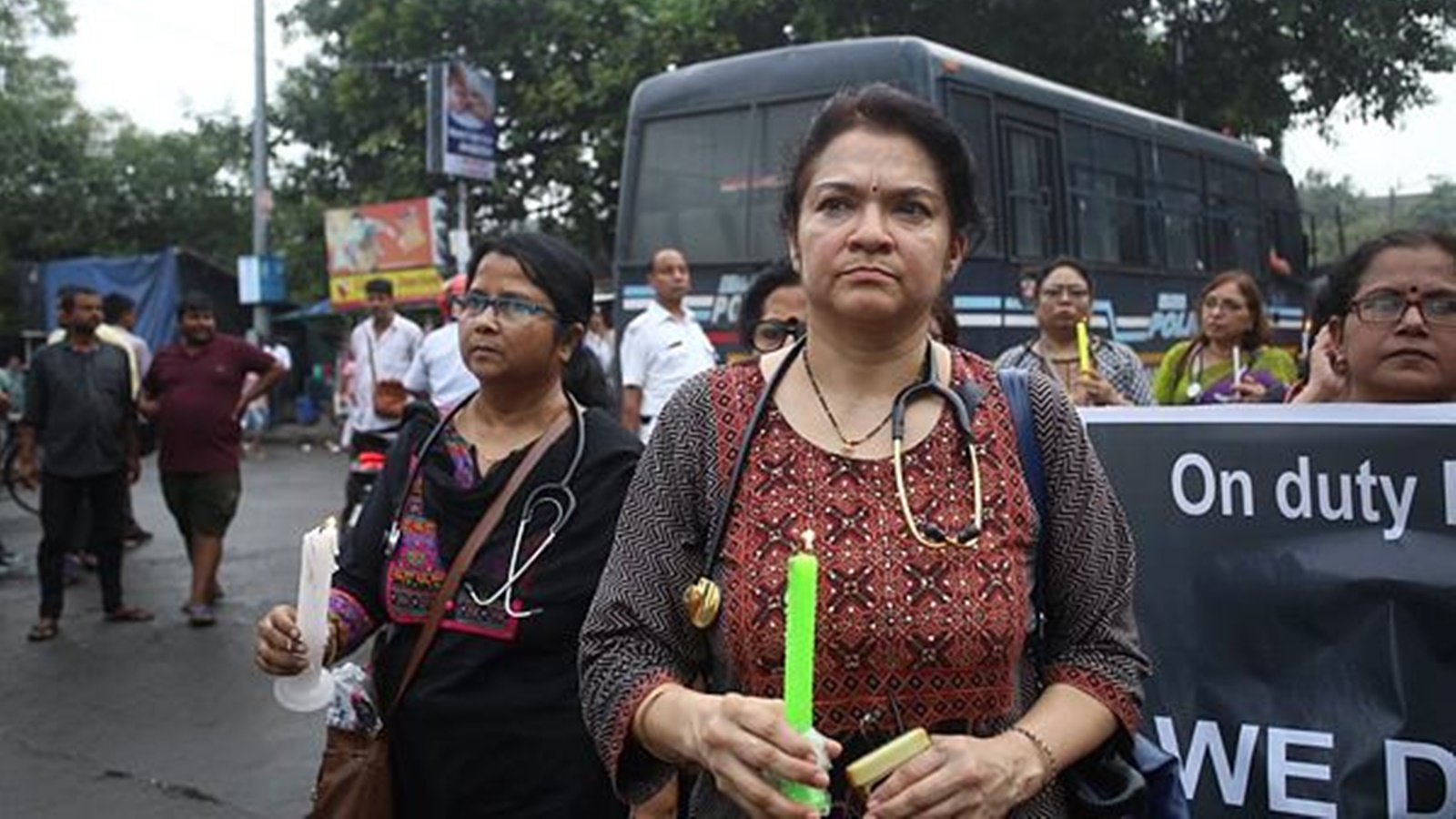The heart-wrenching incident of the rape and murder of a 31-year-old trainee doctor in the R G Kar Medical College and Hospital in the wee hours of August 9 has, once again, awakened the collective conscience of our country. The crime is brutal and the fact that it happened to a woman doctor inside a government hospital has caused anger and frustration across the country.
So far, the police have arrested one person, a 33-year-old civic worker who reportedly had unfettered access to the entire hospital. As per media reports, the postmortem report of the victim indicates the possibility of gang-rape. Pulling up the police for its mishandling of the case, the Kolkata High Court has now transferred the case to the Central Bureau of Investigation (CBI), which took over on August 14.
The incident brought back painful memories of the horrific rape of Aruna Shanbaug, who was working as a nurse in the KEM Hospital in Parel, Mumbai, and was brutally raped by a ward-boy in 1973. She was raped so violently that it left her in a vegetative state with severe brain damage and paralysis. She remained in a vegetative condition for 42 years and breathed her last in a small room in KEM Hospital in 2015. When she died, her assailant was already out of jail having served his prison sentence and living a peaceful life in his village.
The Kolkata incident also brings back memories of the horrendous gangrape in Delhi in December 2012. Such was the brutality of that incident that it sparked protests and outrage across the nation for several days. The recent incident has also sparked a nationwide outrage and strikes by doctors demanding justice for the victim as well as better working facilities and security for doctors working in hospitals.
According to reports, the 138-year-old R G Kar Medical College and Hospital does not even have dedicated, safe and hygienic restrooms and toilets for female doctors. If true, it is alarming and shameful. It was because of this very reason that the victim had to go to the seminar hall, which she thought would be safe for her to rest after a 36-hour shift.
Violence against doctors is a raging issue and protestors have demanded the enactment of the Central Protection Act which is intended to protect medical professionals from violence. The act was proposed in the Lok Sabha in 2022 but it has yet not been cleared.
However, it is time to look at the larger picture and take hard decisions keeping in mind the safety of women doctors. Crimes against women, especially sexual crimes are rampant in India. As per statistics available with the National Crime Records Bureau (NCRB), close to 90 rape cases were reported every day in India in 2022. The numbers rise each year.
In 2015, the Indian Medical Association (IMA) conducted a survey which revealed that more than 75 per cent of doctors in India have experienced some form violence at their workplace. It also revealed that women, who make up more than 30 per cent of doctors, are more vulnerable to violence as compared to their male counterparts.
Authorities should now seriously look at the safety of women doctors — and women in general. While it is working on the Central Protection Act, the central government should consider arming women doctors with taser guns and/or stun guns, especially those working on night shifts in government and civic hospitals. A separate budget should be allocated by the central government as well as state governments to procure these devices for working women doctors. They should be trained in close-body combat and in self-defence techniques and like some hospitals in Haryana, bouncers should be deployed in hospitals, especially during night shifts. Girls should be trained in self-defence techniques in school and college, so that they are empowered with techniques to defend themselves and their lives.
The establishment has failed to provide adequate security to women doctors — in fact, all women. Whenever a Kolkata-like incident occurs, the authorities make false promises and nothing ever happens. Women are then again forced to work in an inhuman and insecure environment. There is a lull, until the next incident. It is quite clear that women will now have to take matters into their own hands.
Even the Indian Constitution and the Bharatiya Nyaya Samhita (BNS), known as the Indian Penal Code (IPC) in its earlier form, give rights and powers to an individual to defend herself if she is being subjected to violence or is being made a victim of a violent crime. The law is clear that the victim in this situation is within her rights to defend herself.
If there is to be an effective change in the country’s fight against the violence that doctors, including women doctors, encounter, then it is time to arm them with techniques, methods and means to defend themselves.
Writer is the Director General of Police (DGP) (Retired), Maharashtra, former Police Commissioner of Mumbai & Ex-chief of the elite Mumbai Crime Branch



